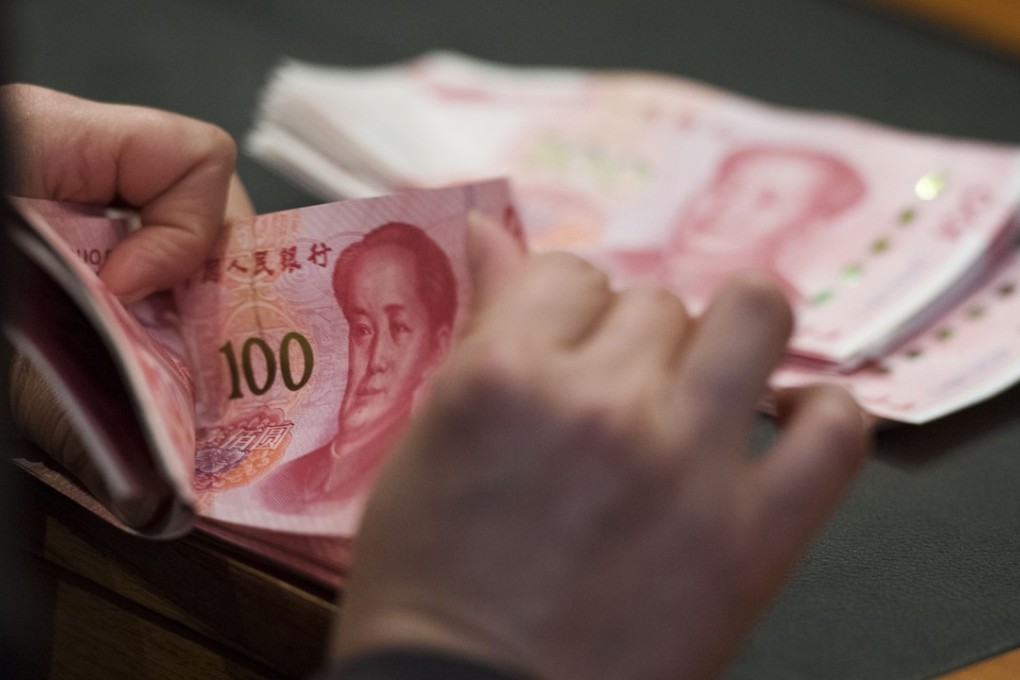Renminbi slips to seventh in domestic and global payments as Lunar New Year lull skewed February data

The share of the Chinese renminbi (RMB) as a domestic and international payments currency dropped two places, sliding down the global list to rank seventh in February, according to global financial messaging service provider SWIFT.
The decline, which counts customer initiated and institutional payments, to a share of 1.56 per cent was likely influenced by the seasonal effect of the Lunar New Year, SWIFT said on Thursday.
The Swiss franc and Canadian dollar overtook the renminbi during the month with a share of 1.64 per cent and 1.57 per cent respectively.
Hong Kong remained as the top offshore yuan clearing centre by value globally in February at 74.91 per cent, followed by the UK at 6.05 per cent and Singapore at 4.84 per cent, SWIFT said.
Analysts hope that rising global trade friction may actually spur China to accelerate the internationalisation process of its currency and capital account this year.
China’s response to protectionist tariffs unveiled by President Donald Trump has been largely symbolic so far, fuelling speculation that Beijing is seeking to avoid protectionist retaliation.
The renminbi this week rallied to its highest level against the dollar since 2015, signalling that Beijing is willing to tolerate a higher exchange value as a way to put the brakes on export-oriented industries.